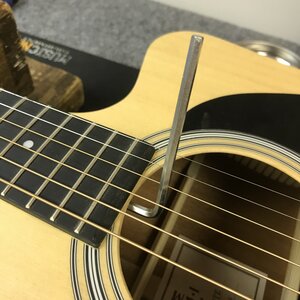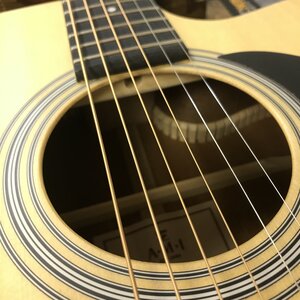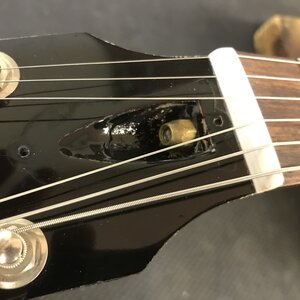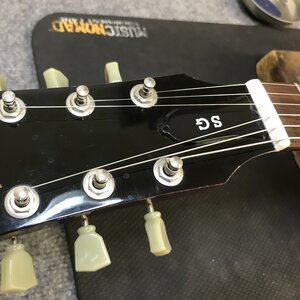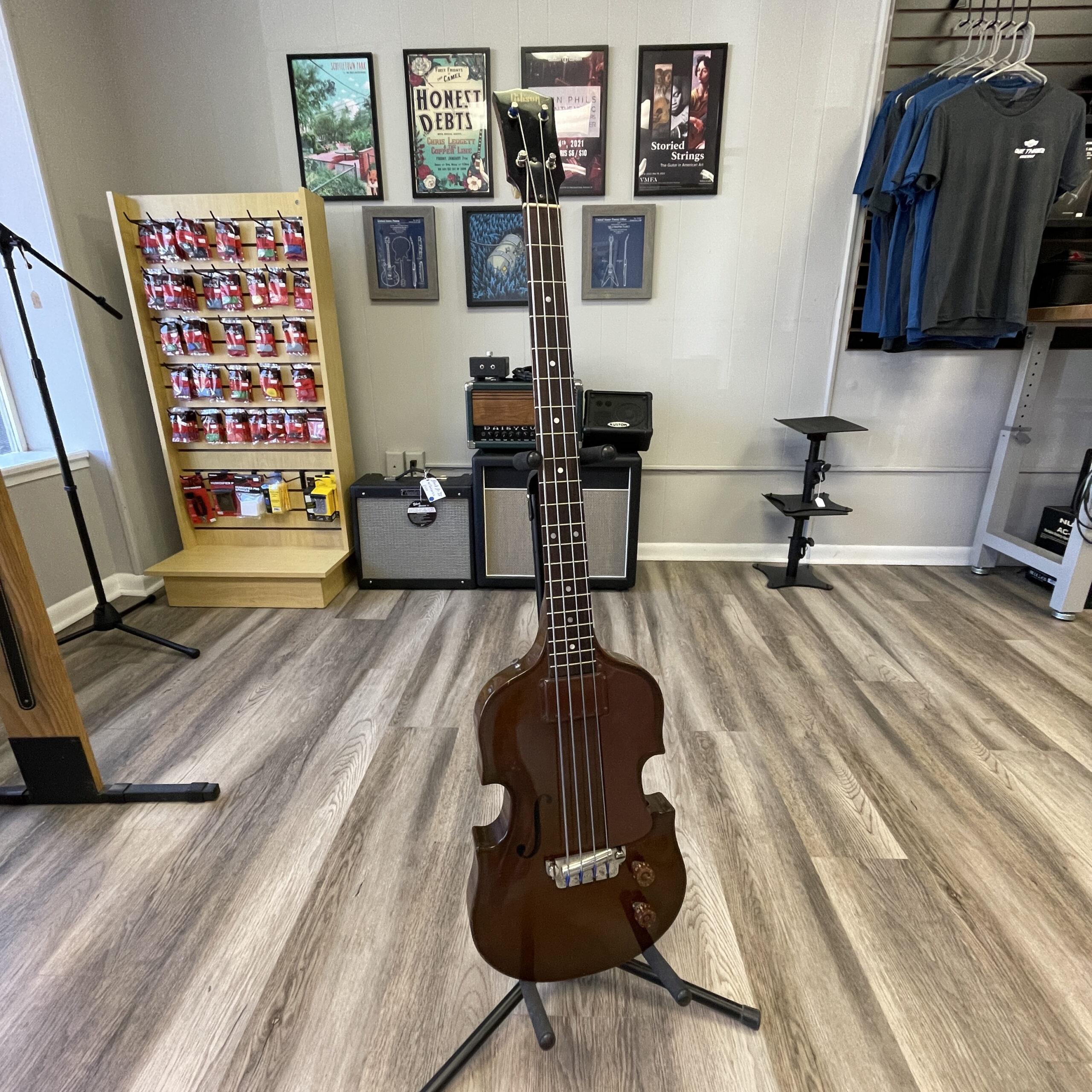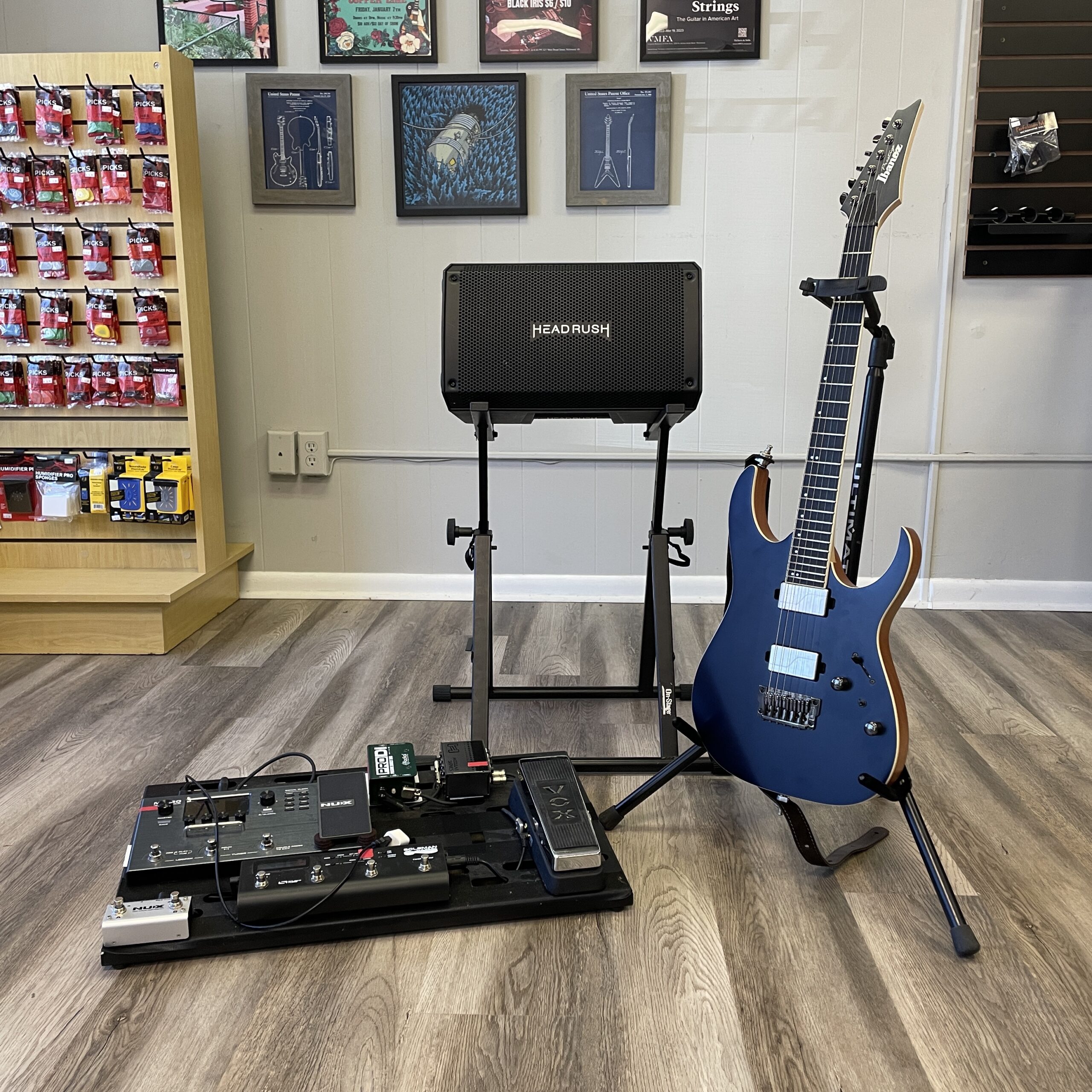A common request we get is “can you lower the action and get rid of the fret buzz on my guitar?”. Like many things in life, the answer is it depends.
Where does fret buzz come from?
Someone once said to me “if you desire perfection, don’t play guitar”. They were absolutely right. You think that $1500 classical is intonated perfectly? Think again! Guitar requires compromise. Fret buzz is no exception, and we get lots of questions about it.
First of all, your guitar is going to buzz. Hit the strings hard enough and they will hit a fret somewhere along the neck. Strings vibrate in an elliptical pattern, and they need room to vibrate. If they vibrate too much they hit a fret, and buzzzzzz.
So what can we do about it?
When someone brings their guitar in for repairs, we have two main adjustments that can address fret buzz. The first is string height, known as action. Lower action, more buzz. Higher action, less buzz! Unfortunately, the higher the strings, the more work you’ll need to do to push the strings down to the frets.
The next point of adjustment is the truss rod, which controls the amount of curvature (typically referred to as “relief”) in the guitar’s neck. The truss rod adjustment is typically located underneath a cover on the headstock of an electric guitar. For an acoustic, it’s inside the body near the top of the soundhole. Typically. 🙂
Above – some examples of where you can find your truss rod adjustment bolt.
A flat neck with a low action is very comfortable to play across the entire fretboard, because the action is consistent from the first to the last fret. But … because the neck is flat the strings don’t have as much room to move, and buzz is more likely. Add some curvature to the neck (away from the strings) and you get less buzz, but this comes at the cost of some playability. A neck with too much relief is just awful to play, in my humble opinion, and worse, it will buzz in some weird places.
What to do? We compromise! A major part of the equation is your preferences and your style of play. If you’re trying to shred like Steve Vai or Tosin Abasi, your strings can’t be 1/4 inch above the frets. Conversely, if you strum with reckless abandon your strings can’t be skimming the frets.
When we set up a guitar, we find the action and the relief that feel best for your hands and provides a level of buzz that’s acceptable. For numbers people, the relief is usually anywhere from .004 to .012 inches (again, it depends), measured using feeler gauges and a straight edge. You’d be surprised what a few thousandths of an inch will change in terms of playability and fret buzz.
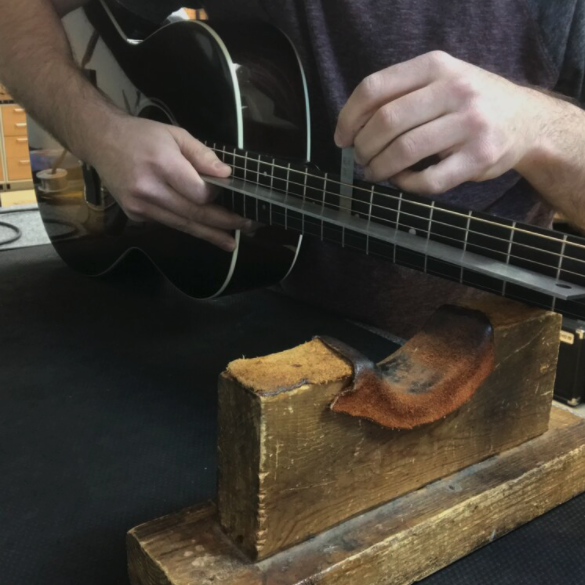

Measuring Relief
I use a straight edge and feeler gauges you can get from an automotive parts store. I’m looking for a few thousandths distance between the straight edge and the frets. The bigger the number, the more relief there is.
This is one of many ways to measure relief, and it’s not perfect. But, for many situations it’s what I need.
Some things to consider:
Set reasonable expectations for your guitar. The quality of your guitar affects it’s maximum performance. There are always exceptions, but 99.9% of the time an American strat is going to outperform a Squier Affinity strat.
Technique absolutely affects buzz! For example, I was primarily a classical and acoustic player before getting into electric guitar. I got lots of buzz when playing the electric, and it was simply because I was strumming too hard. I needed to lighten my touch on the electric.
Don’t play an electric guitar without an amp and try to find fret buzz. You will drive yourself absolutely batty, and we don’t want that! We have had customers arrive in our shop with their beautiful new Les Paul, distraught that their prized instrument has fret buzz. It often turns out they are playing without an amp, and every little buzz is just breaking their heart. Don’t let this happen to you! Here’s a general guideline: if you can hear the fret buzz through the amp, it’s real fret buzz. And it you do, chances are a quick setup will take care of things.
And if it doesn’t … that’s when we start taking a closer look at the instrument, e.g. the condition of the frets. But that’s for another post!
Recent Posts
December 20, 2023
Uke With Nat
October 25, 2023
Gibson EB-1 Headstock Repair
September 18, 2023

